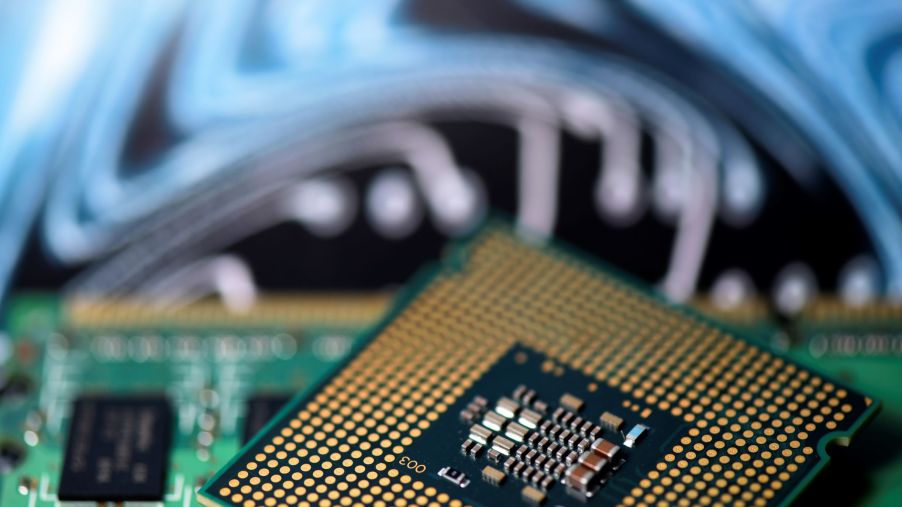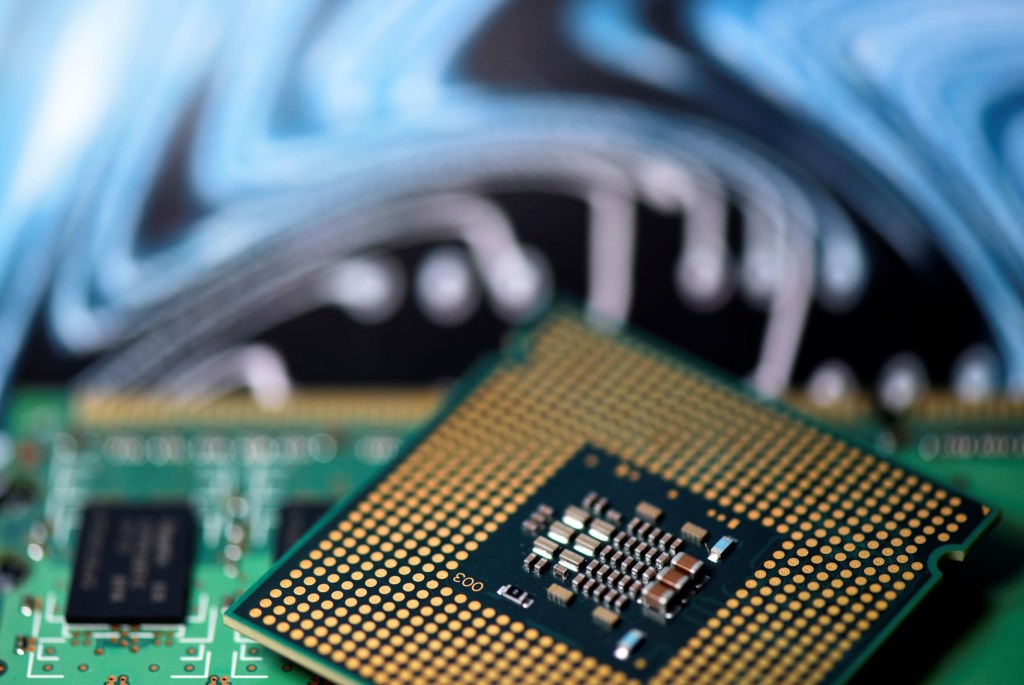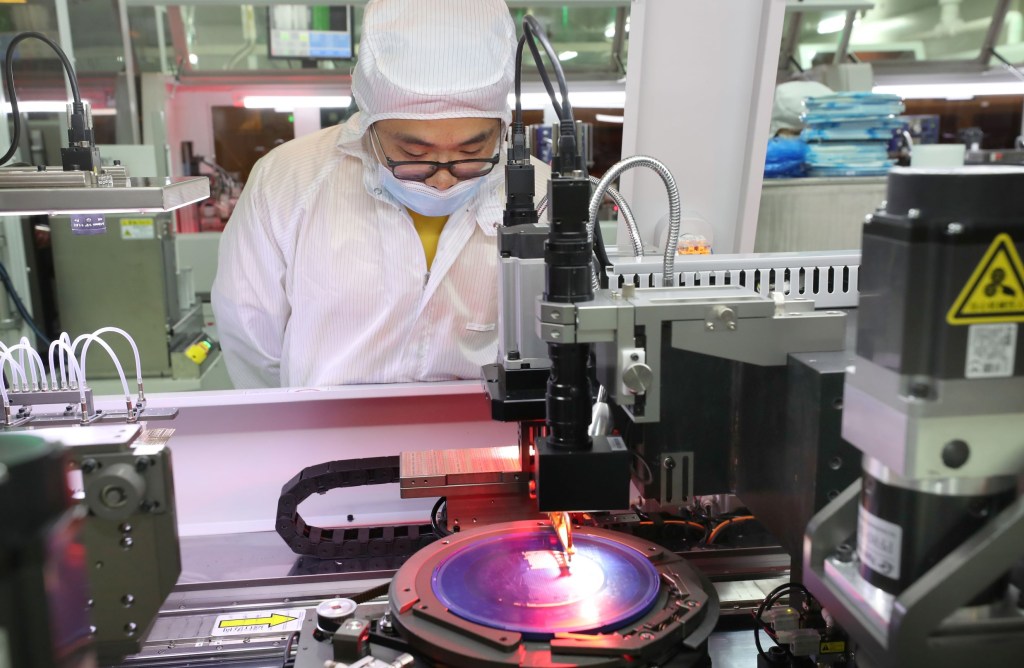
The Microchips Are Down for Cars as the Shortage Continues
Although the world—and car sales—is starting to recover from the ongoing COVID-19 pandemic, many problems still linger. And one of the biggest problems car companies are facing right now is a microchip shortage affecting everything from pickup trucks to muscle cars. But how widespread is this issue exactly? What caused it, and is it going to end soon? If you’ve been asking those kinds of questions, we’ve got some answers.
If it has electronics, it’s affected by the global chip shortage—and that means cars, too

To be sure, the automotive industry isn’t just facing a microchip shortage. A handful of companies are now running out of seat foam, too. However, the chip issue is significantly larger in scope. And not just because almost every manufacturer is having to slash production or delay new vehicles.
No, it’s because automakers are just some of the companies affected by the shortage, CNET explains. The microchip shortage impacts basically anything that uses semiconductors, which are what make microchips work, CNBC explains. That includes video game consoles like the PlayStation 5, smartphones, computers, and, increasingly, cars, Bloomberg explains. Remember how physical throttle cables were replaced by throttle-by-wire systems? Those systems need microchips.
But these chips do more than control your throttle body. No microchips, no cylinder deactivation, which is why the shortage has dropped the 2021 Chevrolet Silverado’s fuel economy ratings. And that’s just one under-the-hood example. Modern vehicles have WiFi, navigation, smartphone connectivity, backup cameras, and ADAS features like adaptive cruise control and emergency braking. The current chip shortage knocks all those car features out, Autoblog explains.
As we said, though, car companies aren’t the only ones feeling the chip shortage sting. But the shortage hasn’t only affected private companies, explains the Washington Post. Any computerized industry or public service, from ISPs to water-treatment plants, needs microchips. And the shortage is hitting them, too.
Why is there a global microchip shortage, anyway?
So, what caused this microchip shortage? The overly-simplified answer is the pandemic. But the real answer is understandably more complicated.
To be fair, the pandemic is arguably the biggest factor in the microchip shortage. Because people were working and staying at home, they needed and/or wanted to buy more computers, webcams, and game consoles, The Drive and Wirecutter explain. However, even before the pandemic, the foundries making the actual chips were already basically working flat out, CNBC reports. As a result, they simply haven’t been able to keep up with the increased worldwide demand.
The tariffs imposed by former President Trump, though, are making things worse. These tariffs forced microchip buyers to seek out alterantive, often-overbooked manufacturers, Reuters reports. And automakers’ ‘just-in-time’ manufacturing strategies meant they were lower-priority customers with smaller orders than companies like Sony. So, when the car companies needed chips again, they were forced further down the waiting line for an increasingly-small supply, Automotive News explains.

Elemental chaos also has a part to play in the microchip shortage. The severe cold in Texas, as well as fires and earthquakes in Japan, have further cut down on chip production, Autoblog and Driving.ca report. Making a semiconductor is a highly delicate process that takes place in a tightly controlled environment. So, if the temperature or humidity is outside of a specific range, you can’t make microchips.
It’s going to be here for a while
Admittedly, the chip shortage hasn’t hit every car company equally hard. Toyota, for example, inspired by what happened after the Fukushima disaster, asked its suppliers to stockpile several months’ worth of microchips, Autoblog reports. And Rolls-Royce just had its best Q1 in the company’s history, The Drive reports.
Luckily, though, world governments and the semiconductor industry as a whole are stepping up to help with the shortage. Following a summit with President Biden, Intel announced that it would supply microchips for the automotive sector, AN and Roadshow report. And several Taiwanese suppliers have promised to give more priority to automakers, Autoblog reports.
Still, even with this help, the microchip shortage won’t go away quickly. Sourcing the raw materials and building up the necessary production lines could take years, AN reports. And automakers will likely face reduced production capacity until at least the end of 2021.
Follow more updates from MotorBiscuit on our Facebook page.


